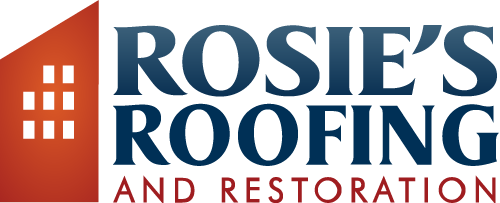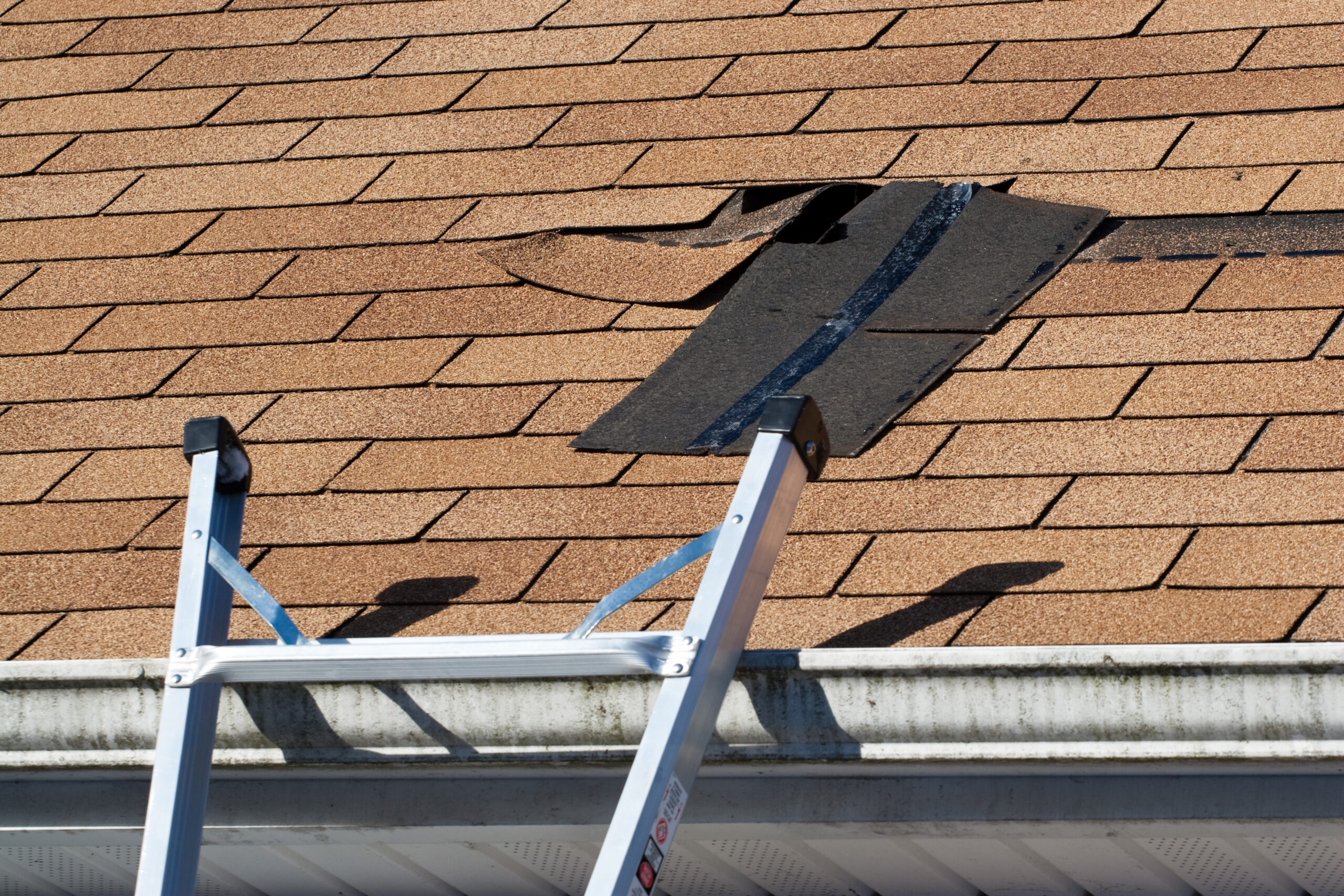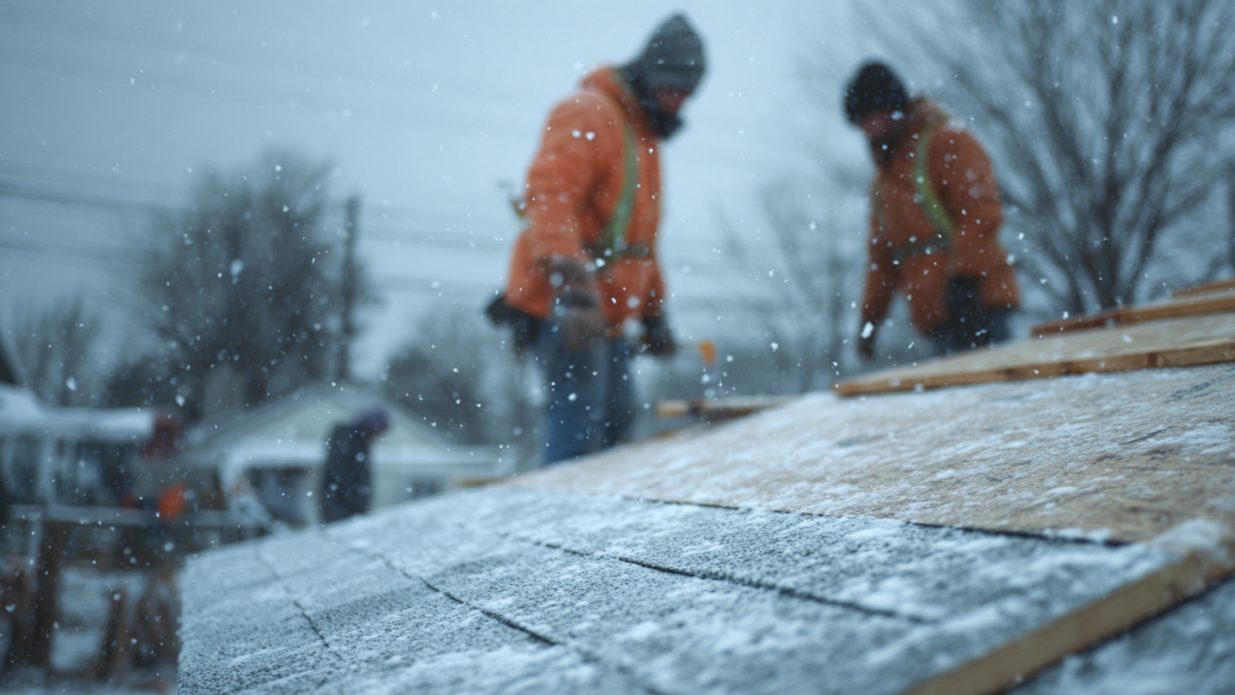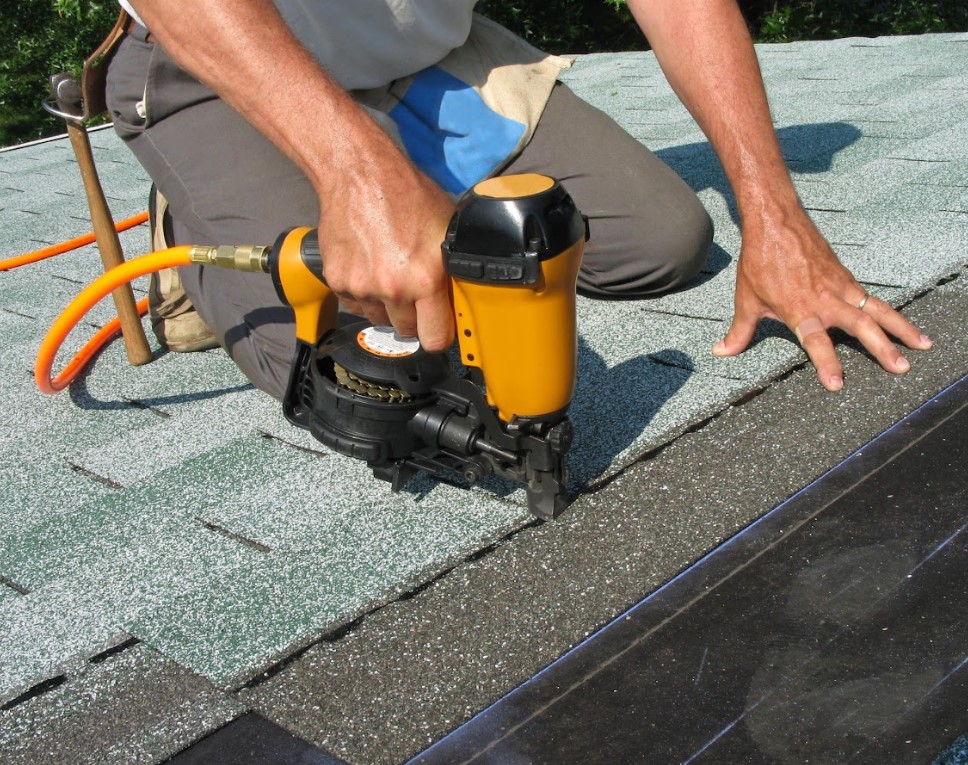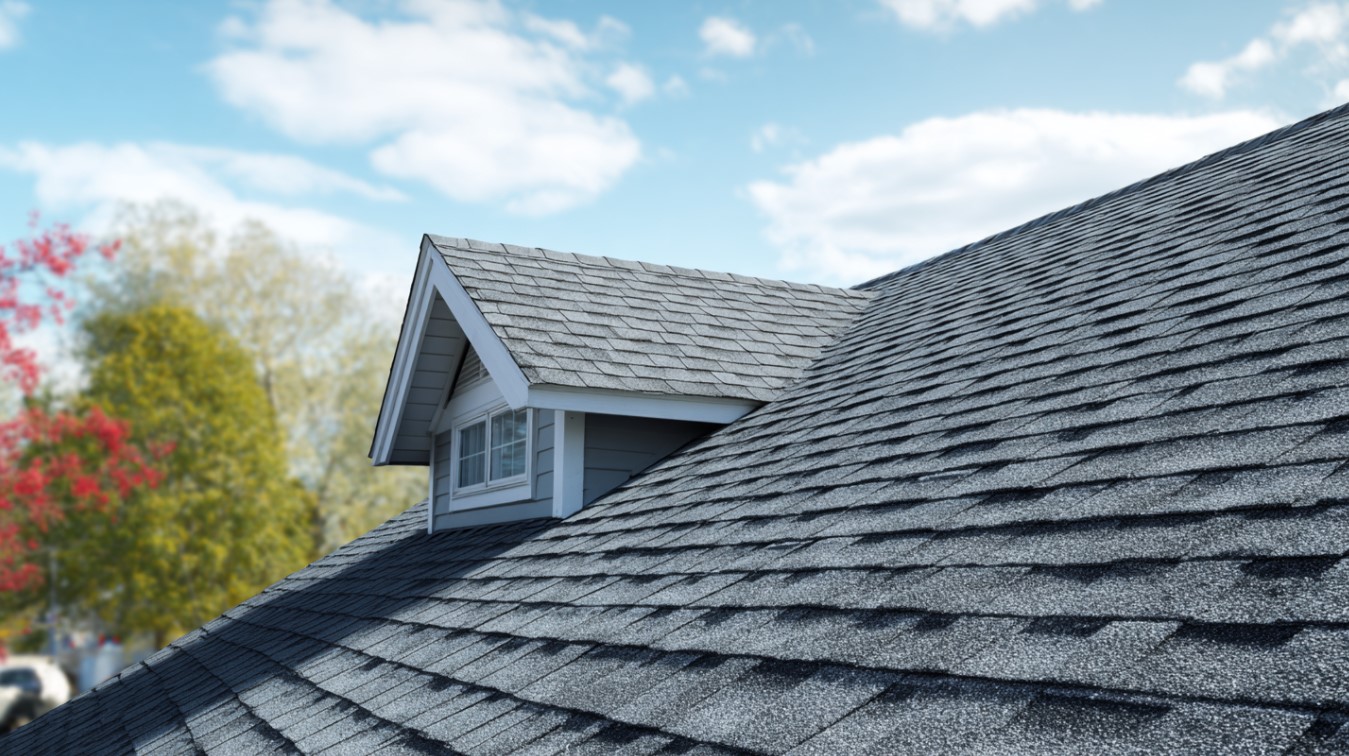You already know that storms can be tough on your roof, but do you know what signs of damage to look for? After heavy rain, strong winds, or hail, even a roof that looks fine from a distance could have hidden issues. Identifying storm damage early can help prevent costly repairs and extend the life of your roof.
If you’re unsure how to assess storm damage on roof surfaces, these six practical tips will guide you through the process. We’ll also cover when to call a professional and how expert inspections can make all the difference in protecting your home.
1. Check for Visible Signs of Damage from the Ground
Look for Missing or Damaged Shingles
After a storm, start by inspecting your roof from a safe vantage point on the ground. Look for missing, curled, or cracked shingles. If you see areas where shingles are visibly displaced, it’s a strong indicator that your roof took a hit.
Scan for Debris and Fallen Branches
Large tree branches or other debris on your roof can cause significant structural damage. Even if the roof looks intact from a distance, impact from debris can loosen shingles or create small punctures that lead to leaks over time.
2. Inspect Your Gutters and Downspouts
Check for Granule Loss
Asphalt shingles are coated with protective granules that shield them from the elements. Heavy rain and hail can strip away these granules, leaving your shingles vulnerable to UV damage and deterioration. If you notice an excessive amount of granules in your gutters or downspouts, it’s a sign your roof may need attention.
Look for Gutter Damage
Strong winds can loosen or bend gutters, affecting proper drainage. If your gutters are hanging off the edge or appear detached from the roofline, water may not be properly diverted from your home, increasing the risk of leaks and foundation issues.

3. Examine Your Attic for Water Stains or Leaks
Check for Damp Insulation and Discoloration
A leaky roof doesn’t always make itself known immediately. If you suspect storm damage, head up to your attic with a flashlight and look for wet insulation, water stains on the ceiling, or signs of mold growth.
Listen for Dripping Sounds After Rain
Even a small leak can worsen over time. If you hear dripping sounds or notice an unexplained musty odor after a storm, it may be time for a professional inspection.
4. Inspect Flashing and Roof Penetrations
Look Around Chimneys, Vents, and Skylights
Flashing is the metal material used to seal joints around chimneys, vents, and skylights. If it becomes loose or damaged, water can seep into your home. Check for gaps, rust, or missing sections of flashing that may have been affected by high winds.
Check for Lifted or Bent Flashing
If flashing appears raised or bent, it may not be sealing properly, leaving your home at risk for leaks. Flashing repairs should always be handled by an experienced roofing professional to ensure a secure, watertight seal.
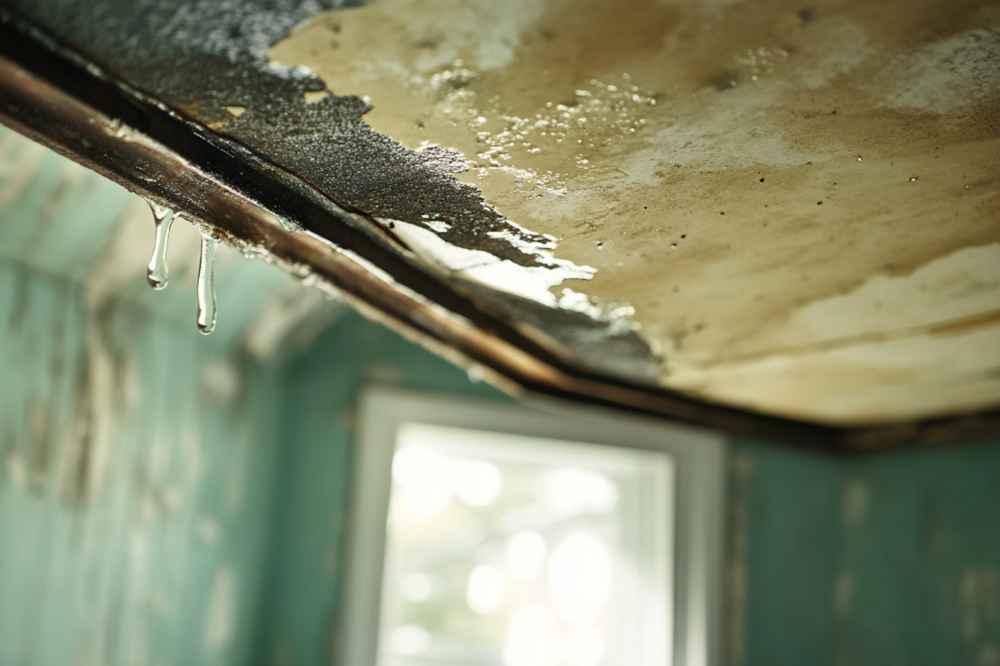
5. Be Aware of Hidden Hail Damage
Check for Dents on Metal Components
Hail damage isn’t always obvious on shingles, but metal components like vents, flashing, and gutters often show visible dents. If you notice impact marks on these areas, your shingles may also have suffered damage that isn’t immediately visible.
Look for Soft Spots on Shingles
A close-up inspection of shingles may reveal bruising or soft spots where hail has knocked away protective granules. This weakens the shingles and can lead to leaks if left unaddressed.
6. Schedule a Professional Roof Inspection
Why Professional Inspections Matter
While a visual inspection can help you spot obvious damage, some issues require a trained eye. A professional roofing contractor knows exactly how to inspect a roof after storm damage, ensuring no hidden problems are overlooked.
How Rosie’s Roofing and Restoration Can Help
At Rosie’s Roofing and Restoration, we specialize in thorough storm damage assessments. Our team provides a detailed inspection, identifies all damage, and offers expert recommendations for repair or replacement. Whether you need minor shingle repairs or a full roof replacement, we ensure the job is done right.
When to Call a Roofing Professional
If you’ve noticed any of the following issues after a storm, it’s time to contact a trusted roofer:
- Missing or visibly damaged shingles
- Leaks, water stains, or mold in your attic
- Granule loss in your gutters
- Flashing that appears loose or bent
- Hail impact marks on metal surfaces
Ignoring storm damage can lead to more expensive repairs down the line. A prompt inspection and timely repairs will help extend the lifespan of your roof and protect your home from further issues.
Get Peace of Mind with a Professional Roof Inspection
If you’re unsure how to assess storm damage on roof surfaces, don’t take unnecessary risks. A professional inspection can give you the clarity and confidence you need to protect your home.
At Rosie’s Roofing and Restoration, we make the process easy. Our experienced team will assess your roof, provide a detailed report, and recommend the best course of action. If repairs or a replacement are needed, we’ll walk you through every step, ensuring a stress-free experience.
Contact us today to schedule an inspection and keep your home protected!
